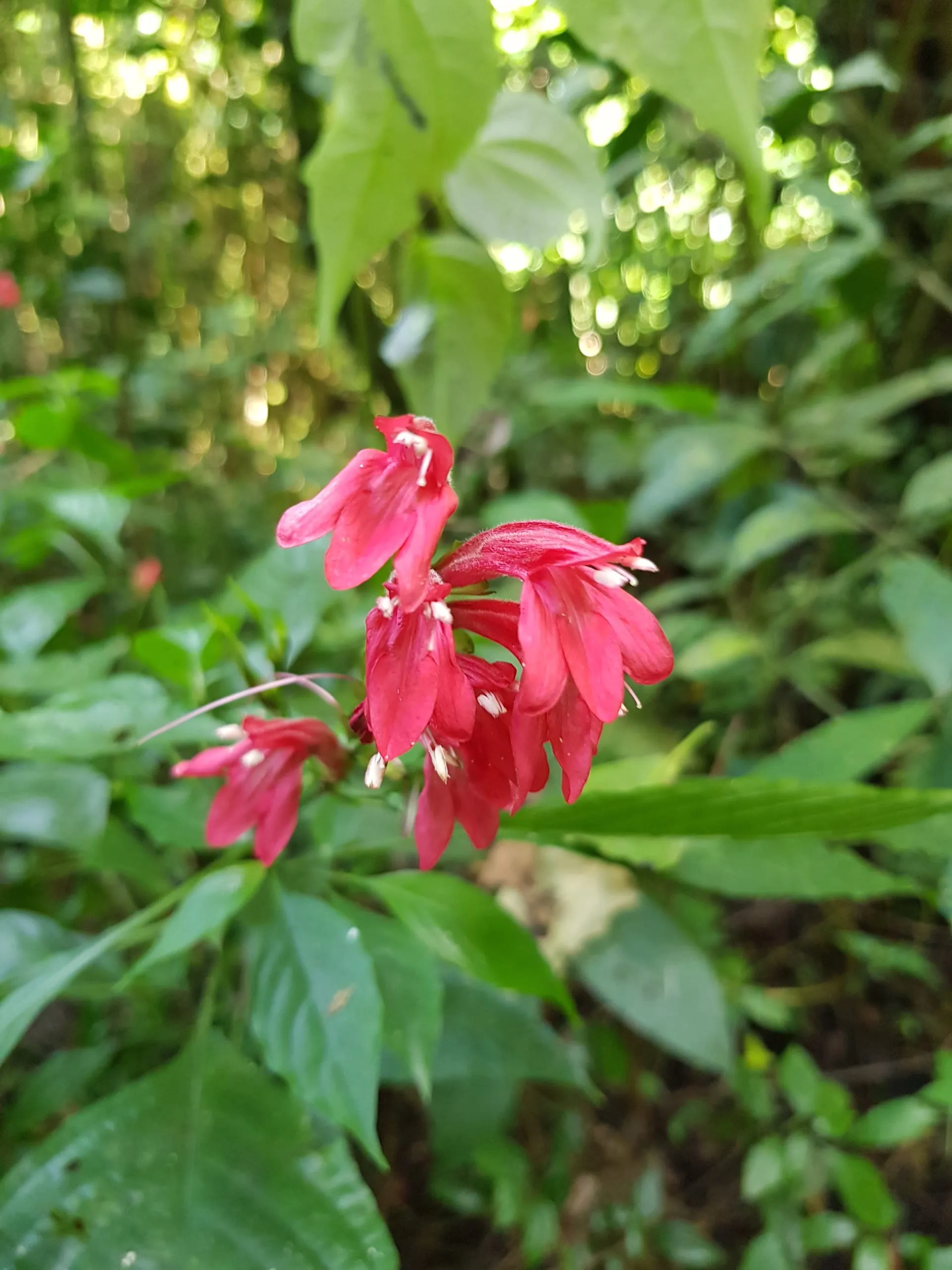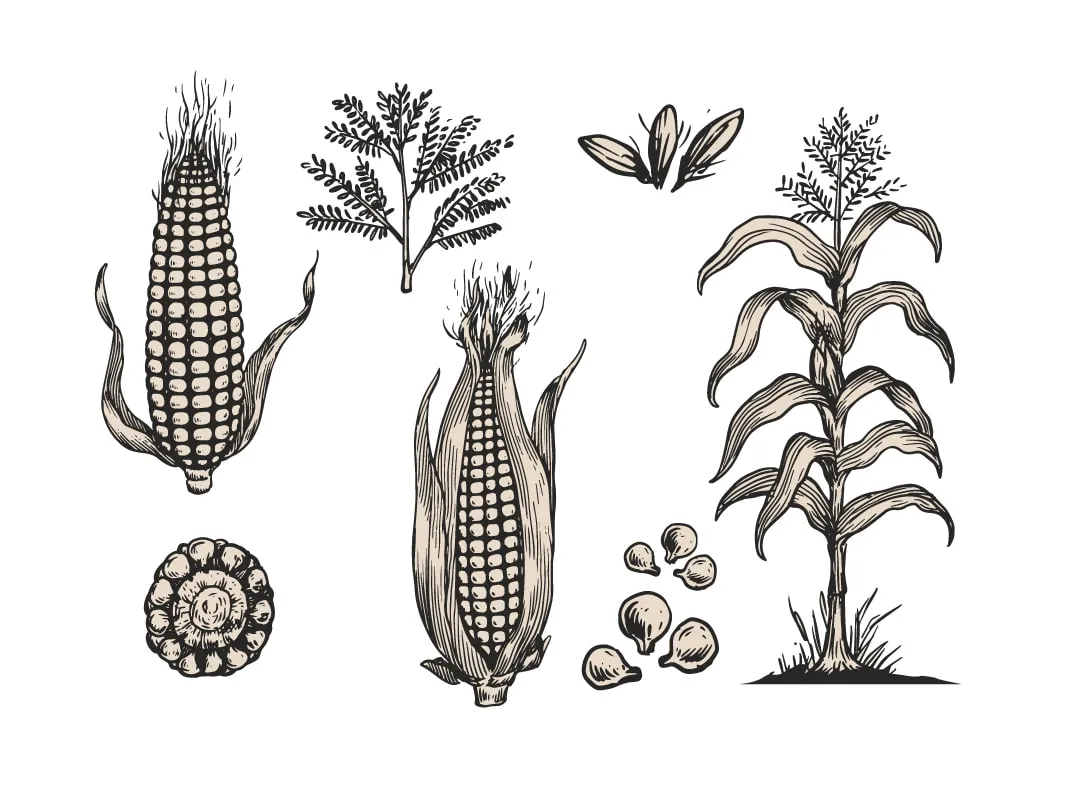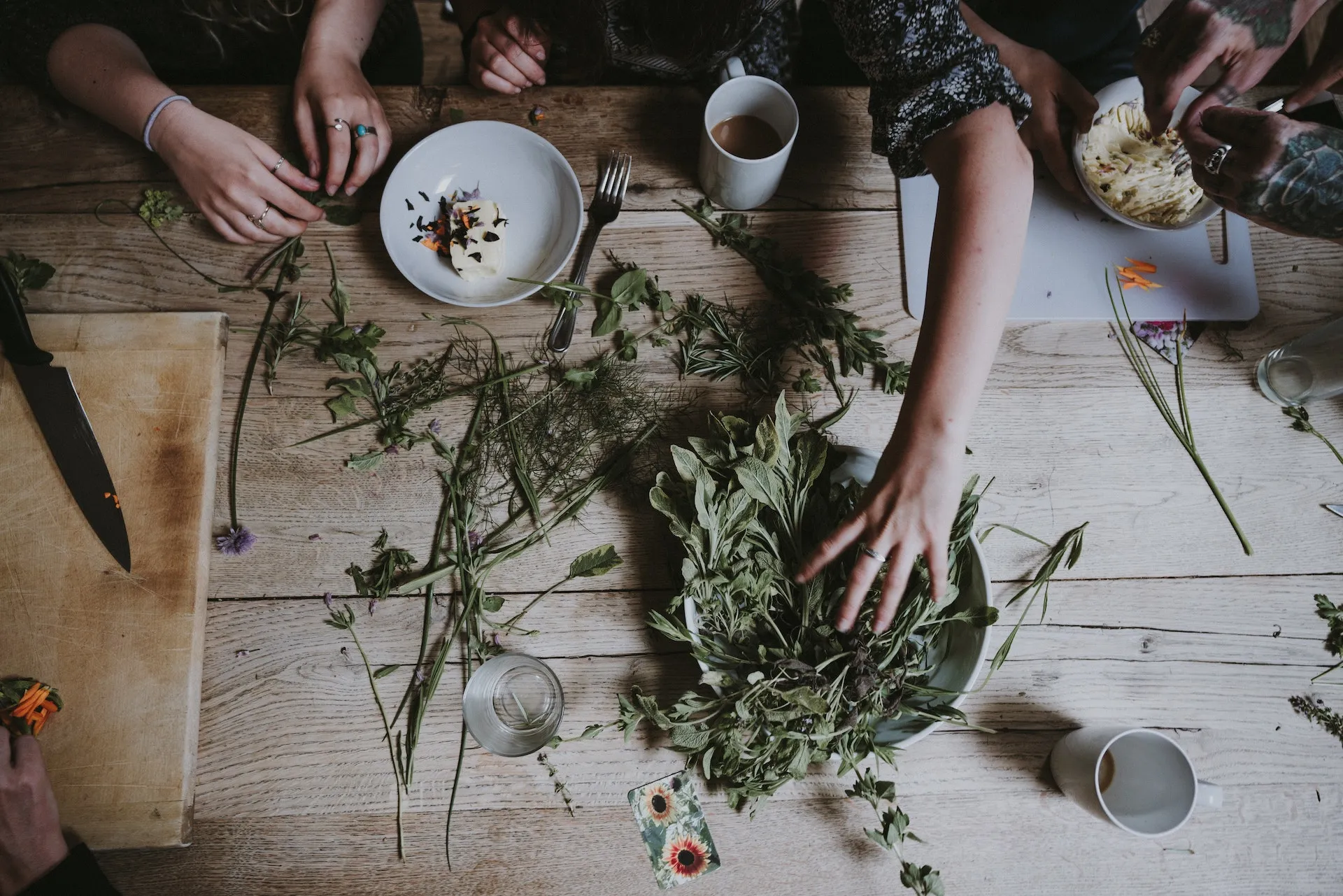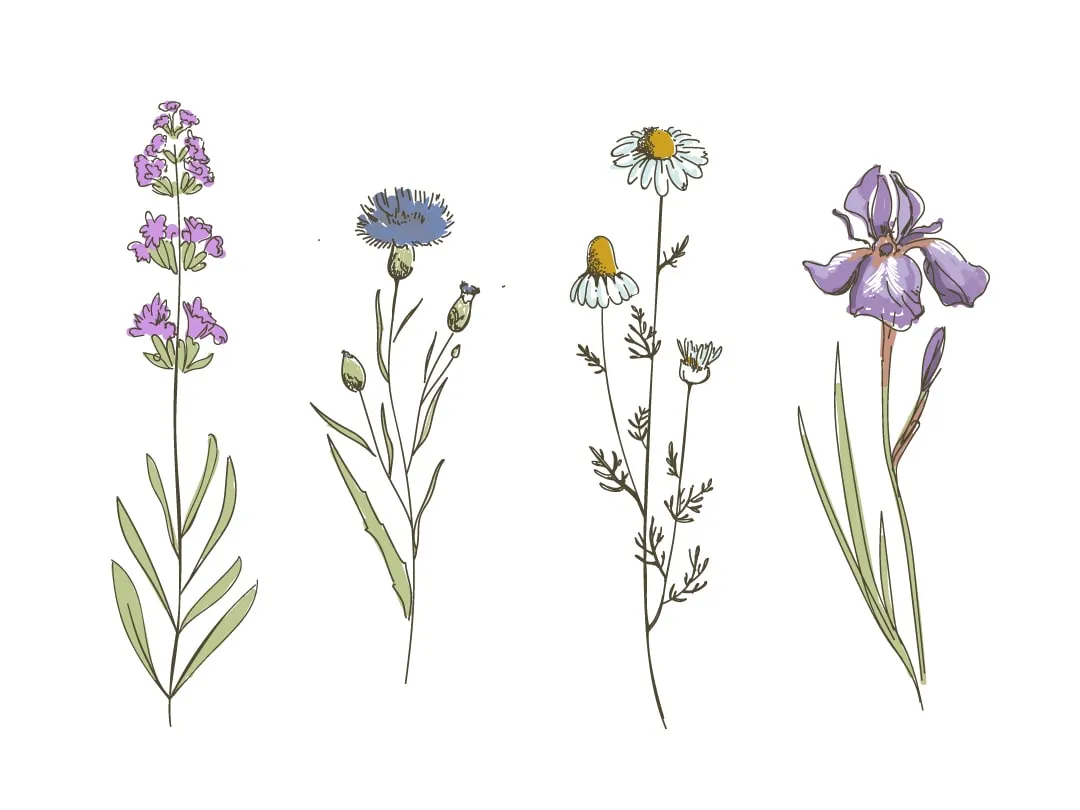Herbalism: A Window of Opportunity to Build Community Health



Traditional knowledge is the set of knowledge and practices related to nature held by rural and/or indigenous communities and peoples of a given nation. According to the definition of the World Health Organization (WHO), traditional medicine is the sum of knowledge and practices based on the beliefs and experiences of different cultures.
This knowledge has been transmitted from generation to generation orally and empirically, and this is what has allowed them to survive and adapt to new needs and contexts (CBD, 2011).
Mexico has 315 languages, and is considered a mega-diverse and multicultural country. It has been documented that places with high cultural diversity coincide with being sites with wide biological diversity and many of them are also places where protected natural areas are found (Toledo, 2006).
Developing immersed in nature allowed the peoples and cultures of our country to leave a historical and biocultural legacy that is expressed in the diversity of products derived from domesticated plants such as corn, beans, chili and pumpkin. They are also expressed in peasant knowledge, in gastronomy, clothing and traditional medicine. In Mexico, 64 varieties of corn have been reported, derived from the ancient domestication of the Teocintle (Sánchez et al., 2000).

The use and selection of plants for millennia has made it possible to find today, not only great agricultural species, but most likely wild plants that not only perform their functions in nature, but have also been transformed to become medical objects for the Mexican people. These plants not only grow in the ecosystems of our territory, they are also cultivated in agroforestry family gardens, and are part of the living pharmacy of families.
Herbalism refers to the use of plants that have healing properties because they contain active ingredients. And if we talk about Mexican herbalism, it is considered that Mexico also has an ancient tradition in the use of medicinal plants.

It is considered that after China, our country has the highest number of medicinal plants inventoried: 3,000 are registered in the Herbarium of the Mexican Social Security Institute, but it is estimated that up to 4,500 are registered (Conabio, 2020). Of these plant species, only 250 are marketed on a daily basis (Bye et al. 1995). Now imagine the healing possibilities knowing that 27,332 vascular plants have been described in Mexico, but more than 31,000 are estimated (Conabio, 2012).
It should not surprise us that there are so few healing plants marketed, and it is considered that for a couple of decades, knowledge about traditional herbalism has been discontinued and has therefore been lost. Fortunately, the rise of alternative medicine and the efforts of several Mexican and foreign researchers have managed to rescue this treasure. Can you imagine that we intend to study all the plants in Mexico? How many diseases couldn't we be treating in a better way?
Learn how to implement the circular economy and what are its main pillars
Probably reading this text you will feel inexperienced in the subject of herbalism, and surely you think that you have never used it and let me tell you that the most likely thing is that you are wrong. If we remember, since childhood our mothers and grandmothers filled us with various infusions to overcome fright, stomach pain, diarrhea, heartburn and flu using herbs such as chamomile, eucalyptus, arnica, peppermint and many others.

You may now feel more familiar with these plants, but what would your reaction be if I mentioned plants such as jarilla, tecalixtle, poleo and pericón? It's possible that you don't know any. The reason? Many of the plants used in Mexican herbalism are of Asian and/or European origin. When the Spaniards arrived in America, not only did a cultural miscegenation occur, but also a natural one, because on their ships they brought seeds, bulbs and plants that sought to be incorporated into the idiosyncrasy of the natives, displacing the natives. At the same time, many codices were destroyed in order to eliminate pre-Hispanic knowledge about medical-spiritist botany (Meneses, 2012)
How much knowledge we have lost! For these reasons, we must insist on using our herbs as a way to stand the test of time and rescue our biocultural legacy. Peoples and communities are the guardians of this knowledge, so we must not only protect them, but also encourage them to continue practicing traditional medicine. This includes bones, praying men, shamans, midwives and herberas.
You can now sense that the shortage of traditional local doctors leaves people vulnerable because they do not receive immediate care for their illnesses, and may even worsen and make them arrive at the hospital. It is for this reason that efforts must be redoubled to carry out ethnobotanical studies and projects that recover traditional knowledge and practices, promote the use and cultivation of our Mexican plants and stop that propaganda that demerits the work of traditional doctors.
Sources:
1. Bye R., Linares E., and Estrada E. 1995. Biological Diversity of Medicinal Plants in Mexico. In: Arnason J.T., Mata R., Romeo J.T. (eds) Phytochemistry of Medicinal Plants. Recent Advances in Phytochemistry (Proceedings of the Phytochemical Society of North America), vol 29. Springer, Boston, MA.
2. National Commission for the Knowledge and Use of Biodiversity. 2012. Chapter 4. Biodiversity. Biodiversity Report. Semarnat. In: https://apps1.semarnat.gob.mx:8443/dgeia/informe_12/pdf/Cap4_biodiversidad.pdf. Revised on January 26, 2021.
3. Convention on Biological Diversity: ABS. Theme: Traditional knowledge. Secretariat of the Convention on Biological Diversity. Montreal, Canada. 2011. (https://www.cbd.int/abs/infokit/revised/web/factsheet-tk-es.pdf).
4. Meneses, T. 2012. The disaster of indigenous documentation during the Spanish invasion-conquest of Mesoamerica. National Autonomous University of Mexico. Faculty of Philosophy and Letters. College of Library Science.
5. Sanchez, J., Goodman, M., and Stuber, C.W. 2000. Isozymatic and morphological diversity in the races of maize of Mexico. Economic Botany, 54 (1), pp. 43-59.
6. Toledo, V.M. 2003/ 2006. Ecology, Spirituality and Knowledge: From the Society of Risk to a Sustainable Society. Mexico: Editorial Jitanjáfora/ Universidad Iberoamericana/ UNDP
7. CONABIO 2020. Medicinal plants https://www.biodiversidad.gob.mx/diversidad/medicinal/plantas. National Commission for the Knowledge and Use of Biodiversity, Mexico City. Mexico.
Explore reflections, research and field learning from our work in ecosystem restoration.